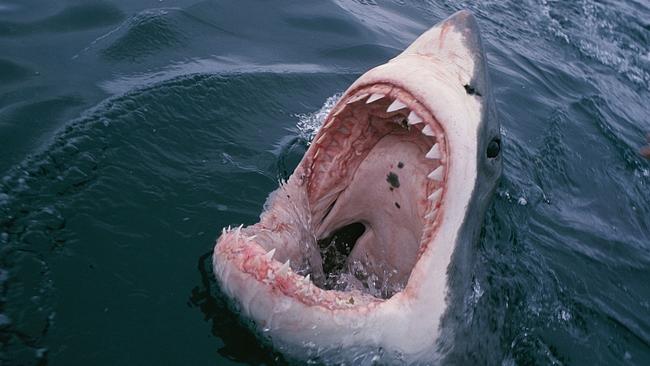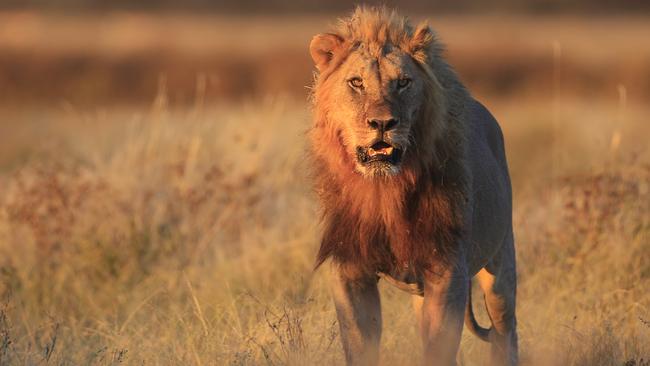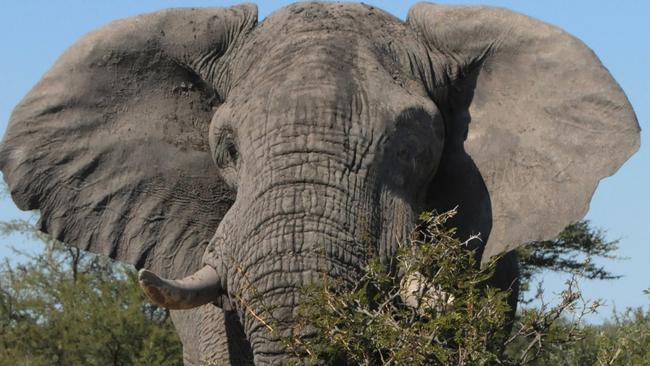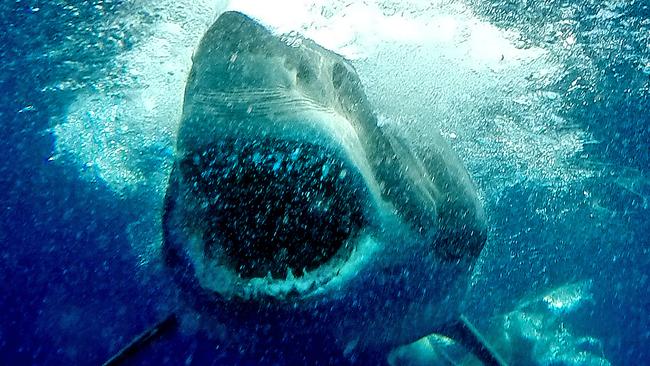How to survive attacks from the world’s most dangerous animals
IF you’re ever unlucky enough to get in the way of some of the world’s most dangerous animals here’s what you should do.

CONTRARY to popular belief, most animals don’t want to eat us — too much effort for not enough meat.
I frequently remind myself of this when I end up in uncompromising situations with large, toothy creatures — such as the time I had to repel feeding bull sharks with my camera or paddle through pods of angry hippos when rafting down the Zambezi River.
While the chances of getting ravaged by a wild animal remain low, in my line of work it’s important to be mentally prepared. When confronting something that is significantly stronger, larger and hungrier than I am, a number of scenarios whizz through my grey matter. Should I run away or confront the snarling beast? Or climb a tree — maybe that’s a good plan? Or perhaps I should try reasoning with my new snorting, slobbering friend?
The fact is there are no universal rules for avoiding an animal attack: all species require a slightly different approach (note: reasoning is not normally one of them). Here I’ll take a look at five of the most feared creatures I’ve encountered and a few conflict resolution techniques.
Lions

Most of the time lions are giant scaredy-cats that steer clear of people. However, if you do happen to bump into one on an ill-timed solo toilet stop, there are a few things you can do to avoid having its jaws clamped around your head. First off, try and go against every instinct in your body and stand your ground (there’s a reason the game is called “Cat and Mouse”). Make as much noise as possible and wave your arms around like a madman.
If it’s night-time and you have a torch, then flash it right into his peepers. If this doesn’t work, try walking backwards to the safety of a car or building, maintaining eye contact at all times. Always walk in a straight line, so it doesn’t look as if you’re making a run for it.
Elephants

These intelligent, generally gentle giants are just after the quiet life. However, just like hippos, they can get aggressive if they feel threatened and are very protective over their young. I’ve heard horror stories of matriarchs pulling tourists out of game vehicles and trampling them to death with such ferocity that almost every bone in their body was broken.
If you do encounter an apoplectic ele (ears out is a sure-fire sign it’s had a bad day), then rev the engine loudly. The ele may mock charge, but it’s likely to retreat quickly if you keep revving. If you’re on foot ensure you stay downwind. Elephants have a phenomenal sense of smell and can sniff out the vaguest hint of B.O. An elephant could outrun Usain Bolt so again, bolting is futile — hiding behind a tree is your best bet.
Sharks

Sharks have an unjust reputation as indiscriminate man-eaters. Yet every year more people die from falling off their chair or being electrocuted by their Christmas tree lights. Sharks simply don’t like the taste of humans. What they do very occasionally subscribe to is an exploratory mouthing — sadly, with a gob full of razor sharp teeth, this greeting can have deadly consequences.
If a shark looks set to give you a gumming, first off puff yourself out so you look as big as possible. Maintain eye contact and exhale bubbles, or shout at it and slap the surface of the water. If it’s getting much too close for comfort, then bop it on its sensitive snout, but punching underwater can be pretty tricky and you won’t get as much speed as out of it, so aim your fingers for its eyes and gills. If it does give you a non-fatal nibbling you’ll be left with a cool scar and even better story.
Hippos

Hippos are hilarious, right? Just think of Hyacinth Hippo, the tutu-clad tubster in Fantasia. Or the children’s game Hungry Hungry Hippos. Fun, right? Wrong. Despite their comical appearance, these grumpy even-toed ungulates kill more people than all the other land animals in Africa put together.
Hippos are surprisingly fast and can shuffle along at around 30km/h. They are, however, not the best at climbing trees. Though you could scale a tree in the event of a charging hippo, the number one way to avoid a hippo attack is to simply stay out of their way. They’re often seen with oxpeckers who eat delicious bugs off their backs; so learn the bird’s call and then head in the opposite direction. And whatever you do, do not get between a hippo and its young — failure to adhere to this simple rule could result in a chomping in half.
Crocodiles

Despite planning a trip to dive with 5m+ Nile crocodiles in Botswana later next year, this animal scares the hell out of me. Quite rightly, too — crocs are one of the few creatures that equate humans with food. If you just so happen to find yourself paddling through a croc-infested swamp, knock on the side of your vessel with an implement as you pass through. Crocs’ puny ears don’t appreciate loud bangs.
If you’re dumb enough to be standing on the riverbank and see a croc disappear underwater after giving you the eyes, you’re in trouble. Outfox the scaly swine by moving away from your original standing position; crocs tend to creep up on their prey underwater and then launch in the general direction that they were positioned. Once on land they’re not the fastest over long distances, so leg it. It won’t make you any less of a man.
Aaron Gekoski is an adventurer, filmmaker, and photographer (both land and underwater). A former model agency owner from London, he recently left his pampered life to cover stories on lion hunting in Zimbabwe, seal culling in Namibia, shark finning in Mozambique, manta ray fishing in Indonesia, and turtle poaching in Madagascar. Follow his adventures @AaronGekoski.
This article was originally appeared on AskMen and republished with permission.



